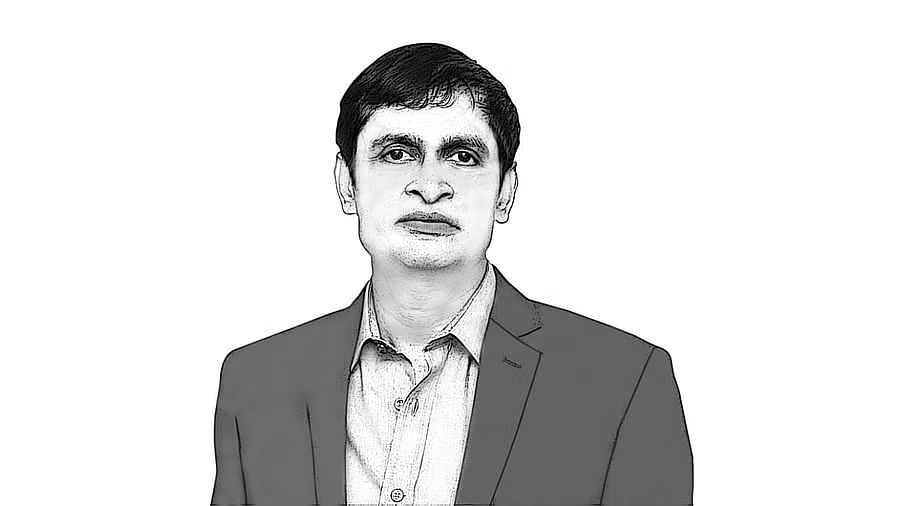
Vasant G Hegde CFA, former banker, teaches at Manipal Academy of Higher Education, Bengaluru
Credit: DH Illustration
Warren Buffet was spot on when he warned that markets were exhibiting a casino-like behaviour now than they did when he was young. Retail investors, especially the first-time investors, who have not experienced market crashes, continue to trade in cash and derivatives despite incurring losses. Many investors are shifting money to gold to take advantage of the fall in prices due to the slash in import duty on gold from 15 per cent to 6 per cent.
In all this irrational exuberance, should investors switch to fixed deposits (FDs), more so at a time when banks are engaged in a rate war to grab deposits from depositors? Let us try to understand the many benefits of parking funds in FDs:
Features of fixed deposits
You can keep FDs in any bank for various tenures ranging from a few weeks to many years. The interest rate on FDs depends on the tenure & the bank where you wish to open the FD. The interest rate prevailing at the time of deposit will remain fixed for the entire tenure even if rates fall subsequently. Though the bank pays higher interest rates on longer tenures, it need not be the case as the interest rate depends on the funds requirement of the bank. There could be a situation where the interest rate offered on a short tenure deposit could be more than the rate offered on a longer tenure deposit. Interest rates also vary depending on the bank where you keep your FD. Private sector banks and cooperative banks offer a higher interest rate compared to public sector banks. This difference could be as high as 100 basis points for the same tenure between banks and are currently hovering between 7-8%. Also most of the banks offer higher rates to senior citizens. Some banks have launched special deposit schemes offering higher interest rates for specific periods. As regards interest, you have the option to receive interest periodically say monthly or quarterly or go for a cumulative option where your interest is reinvested and a lump sum is paid on maturity.
FDs not only offer you a reliable, guaranteed and safe investment option but also provide you liquidity by way of premature withdrawal option. However, they may charge a penalty for availing the facility. You can also take a loan against the FD if you do not want to pay the penalty. On maturity you have the option to either renew the FD automatically or instruct the bank to credit the maturity proceeds to your account.
Taxation of FDs
Interest earned on FDs is added to your income and is taxed as per your income tax slab. There is a TDS (tax deducted at source) of 10 per cent if the interest income exceeds Rs 40,000 in a financial year. The TDS of 10 per cent is on the entire amount. TDS will be 20 per cent if you have not provided PAN to your bank. If your income is below the basic IT exemption limit, you can submit Form 15G or 15H to the bank to avoid TDS. If you are a senior citizen you can claim deduction of interest income up to Rs 50,000 under Section 80TTB.
On the principal amount, you can claim deduction up to Rs 1.5 lakh under Section 80C of Income Tax Act if you keep the money in 5-year tax saver FDs. This deduction however is available only to taxpayers in the old regime. With an understanding of the tax implications and tax-saving options, you can maximise the benefits on FDs.
FD laddering
This strategy involves opening many FDs with small amounts having different maturity periods and creating a “ladder” instead of investing a lump sum amount for a specific period. Laddering, while providing you liquidity, can also maximise returns by capturing changes in interest rates. For example, if you have Rs 5 lakh to invest, instead of keeping the entire amount in one FD for a period, you can break it into small chunks of Rs 1 lakh each with varying maturity periods of 1-5 years. The disadvantage with laddering, though, is that you have to manage issues like remembering maturity dates, whether to renew or close them etc.